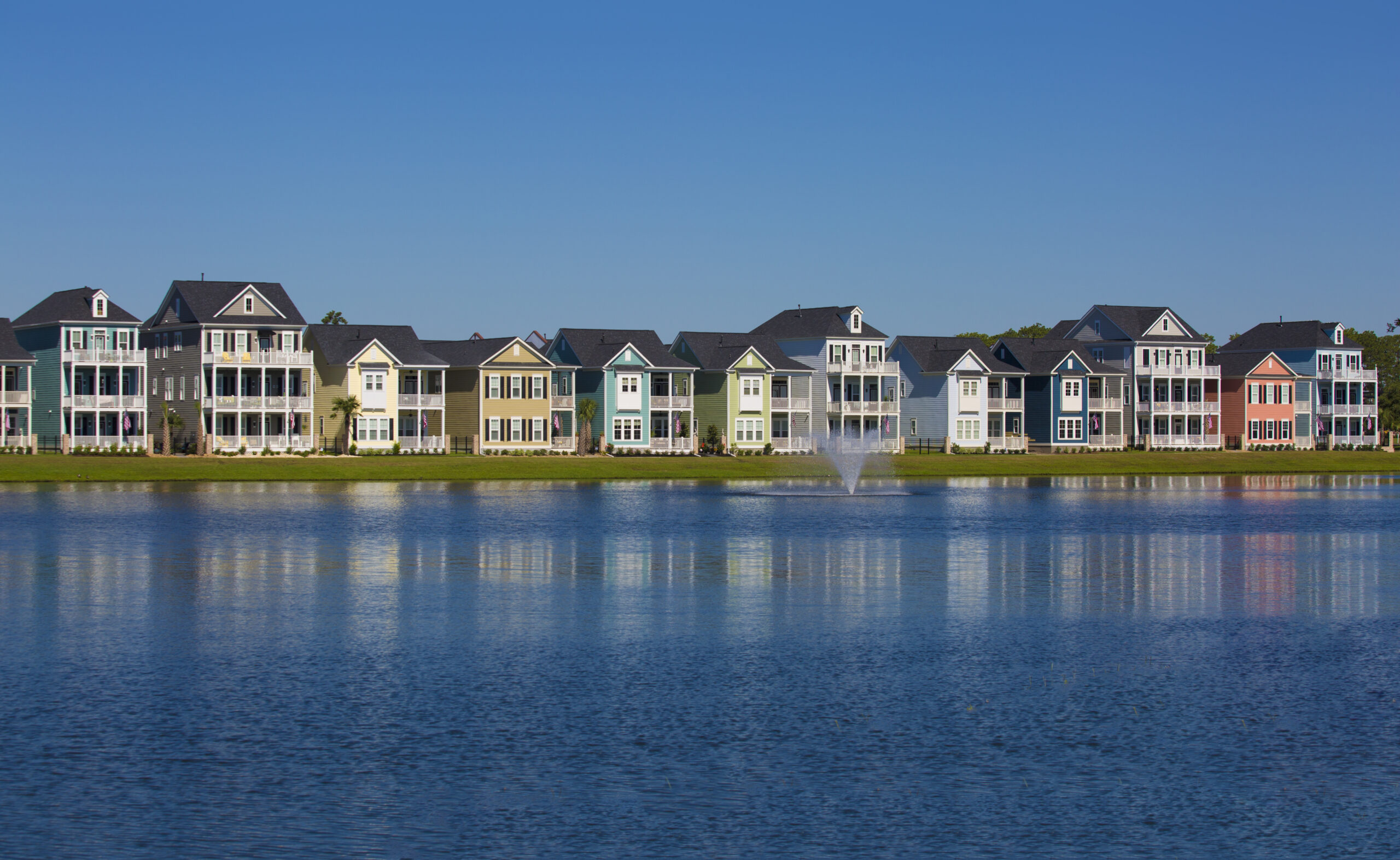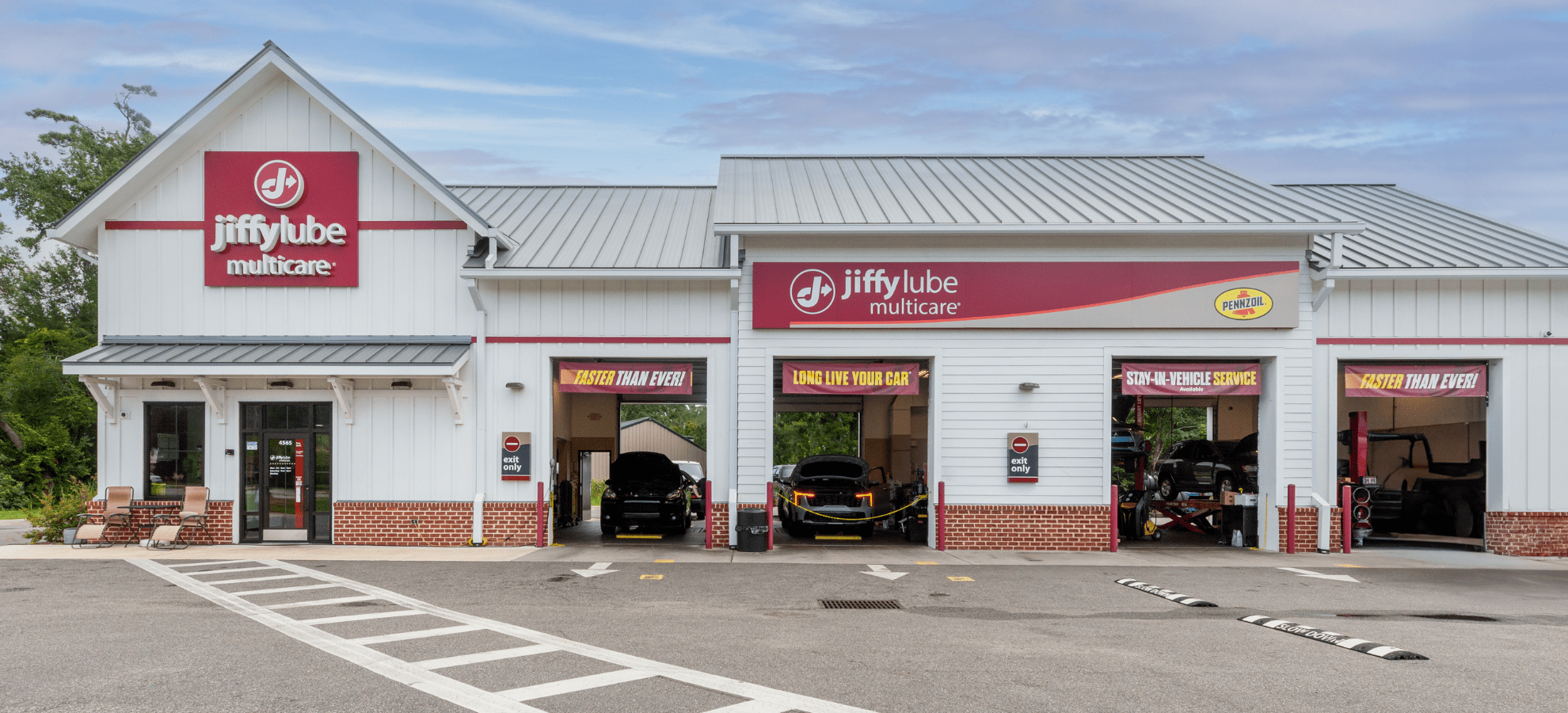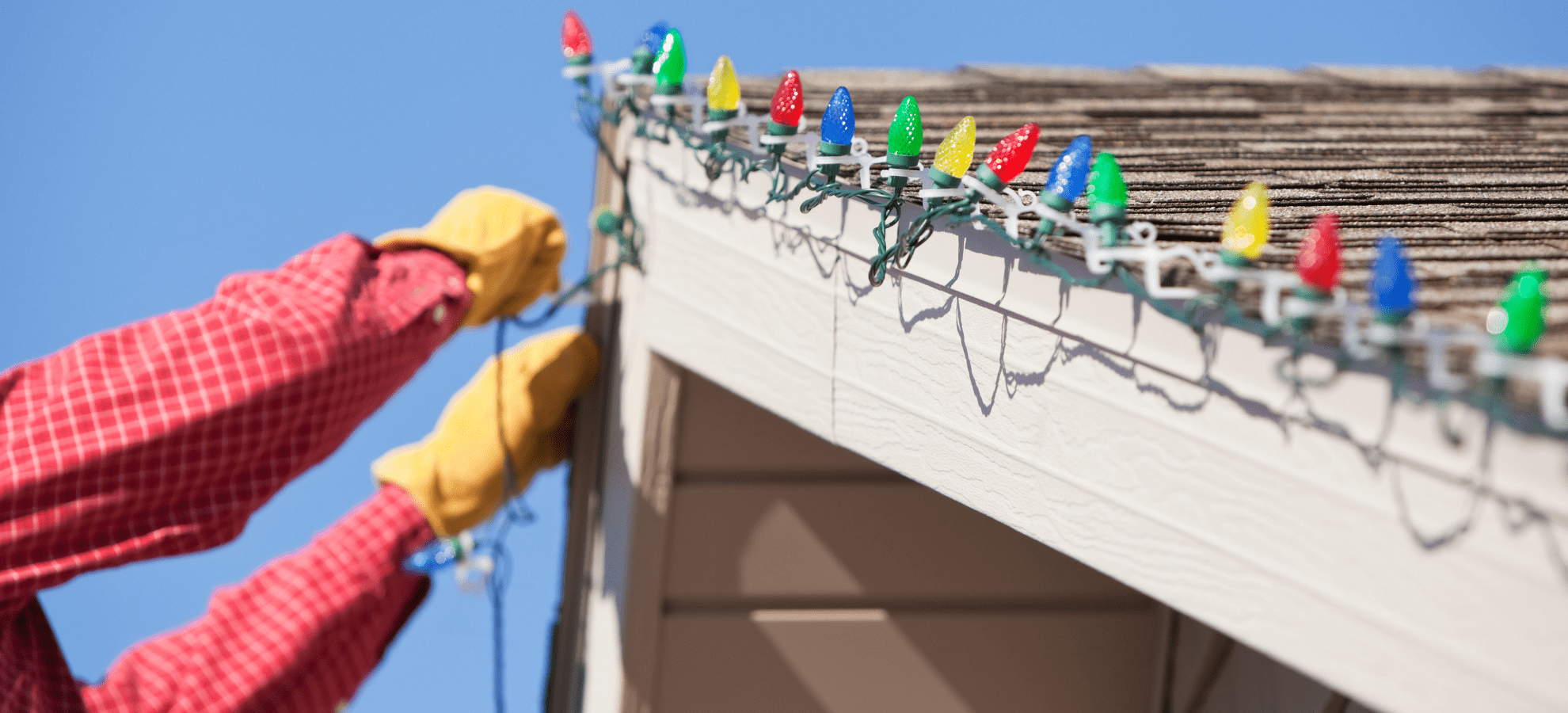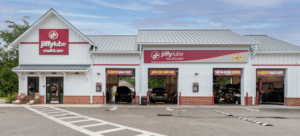The Birth and Evolution of a Place
by Melissa LaScaleia
Myrtle Beach began as a sleepy little beach town, but it was only a matter of time before its relaxing, sandy shores drew more people. As a result of the growth, the city constructed an airport in 1939 that was named after their mayor, Dr. Wilford L. Harrelson.
The Harrelson Municipal Airport would prove to be an invaluable asset to our country in the ensuing years; initially the United States War Department needed the land and airstrip for both offensive as well as defensive military actions, to train pilots for the European theatre of World War II.
The government acquired an additional 6,000 acres, and formally established a base on the site on March 24, 1942, called the Myrtle Beach General Bombing and Gunnery Range.
114 buildings were built on the premises, including barracks, a hospital, offices, and other facilities, as well as a compound to house German prisoners of war. The 351st, 136th, and 317th Air Base Units; the 323rd and 391st Bombardment Groups; the 404th Fighter-Bomber Group; and the 304th Fighter Squadron were all stationed there. In 1943, the base was renamed the Myrtle Beach Army Air Field.
The famous Doolittle Raiders, heroes for their carrier-based attack on Tokyo in 1942, were stationed in Myrtle Beach for training prior to conducting the raid.
On November 1, 1947, after the conclusion of the war was solidified, the base was deactivated and returned to the city. After that, in addition to being a municipal airport, the city leased a portion of the property to a turkey farm; the Boston Braves baseball team, of Babe Ruth fame, also used the property as a training ground.
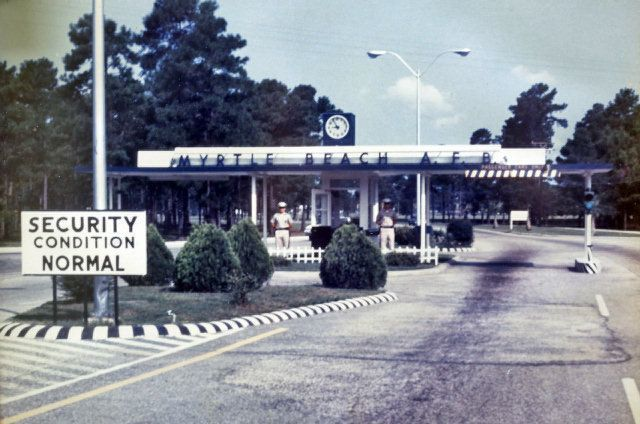
As the Cold War continued to intensify in the early 1950s, the city chose to donate the airport to the United States military, and the Air Force took over again on June 1, 1954.
On April 1, 1956, they activated the Myrtle Beach Air Force Base. Over the years, the 4434th Air Base Squadron; the 342nd Fighter-Day Wing; the 455th Fighter Day Group; the 113th Tactical Fighter Wing; the 728th Tactical Control Squadron, and the legendary 354th Fighter Day Wing were all stationed here.
The base played a key role in every major conflict the U.S. was involved in during the 20th century including, Vietnam, Korea and Iraq, and was named one of the best bases in country. And the people who lived on the base were an integral part of the Myrtle Beach community.
By the early ‘90s, as the Cold War drew to an end, and because of the tremendous cost to operate a base, the Air Force announced its intention to close the base, and began planning how to transition the vast tract of land into the community.
The base officially closed in 1993, and the Myrtle Beach Air Force Base Redevelopment Authority was established to help execute the task. Retired Air Force Colonel, Buddy Styers, was hired as the executive director to spearhead the project.
The Air Force had funded the creation of a formal redevelopment plan for the area, which envisioned an urban village, recreation facility, an airport, and a golf course. The city accepted the plan, and McCaffery Interests was the developer who committed to build it.
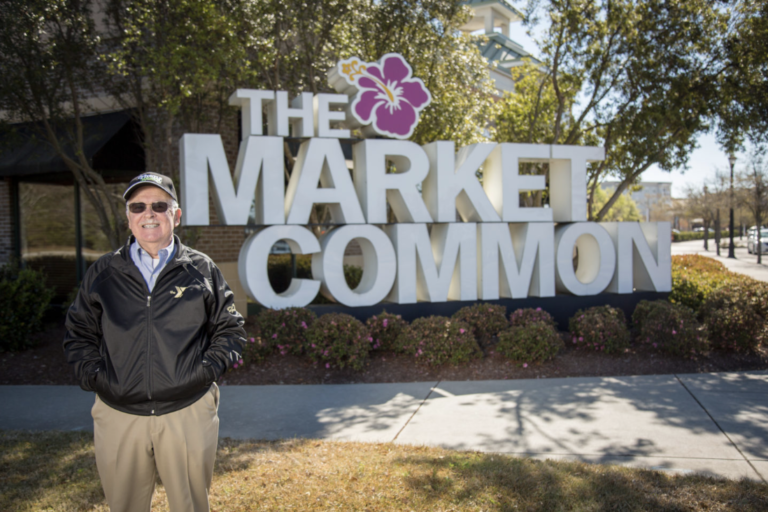
The Redevelopment Authority had already installed telephone; electricity; a regional stormwater management system; roads; sidewalks; underground utilities; water; sewer; and computer lines, and worked closely with Dan McCaffery, navigating the back and forth with the governing boards that such a large-scale project necessitates, to bring their vision to fruition.
Buddy also acted as senior project manager for the project. Part of his vision was to offer amenities that didn’t exist elsewhere in Myrtle Beach, including a large lake, ball field complex, roller skating rink and soccer fields.
Horry Georgetown Technical College moved their three biggest programs from the Conway campus to the Market Common: medical/nursing, dentistry, and culinary arts.
The Market Common’s Grand Opening was April 1, 2008. And it’s been growing steadily ever since. Today, it’s an integral part of Myrtle Beach, and many people, new to the area, wouldn’t know that it was ever a base.
But keeping the area tied to its roots was important to Buddy. He created a museum as well as an outdoor park to commemorate the Market Common’s origins. And all of the streets in the district are named after people who made a significant contribution to the Air Force Base in some way. History plaques recounting their accomplishments dot the streets, reminders of this area’s rich past.




